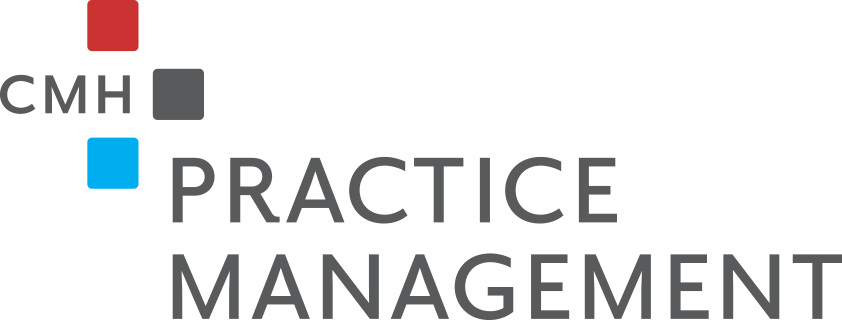Statistics and numbers in health care, why would you want that?
The medical field is continuously changing and evolving with new technologies, practices, and innovations; and every so often, new diseases emerge. To stay up to date with the latest developments and potential outbreaks, technologies are needed for data collection and management.
Increasingly, government and health care organisations are utilising statistical analysis to determine the overall health and well-being of populations. The COVID-19 pandemic has particularly demonstrated that for much of the health care system, it is a numbers game. It was made evident that every aspect of the system was built using statistical models, that epidemiologists were brilliant statisticians and that no health system in the world was built to withstand a pandemic like COVID-19.
In simple terms, every step of the management of a health system is driven by a big number set:
How big is the population?
What is the size of each age group?
How does each region’s socio-economic or cultural beliefs reflect in preventative behaviours?
How many GPs, specialists are there in each region?
The data provides critical information in helping the healthcare leaders determine the size and location of hospitals, capacity of each specialty needed to support the local demographics and the establishment of a reasonable investment time frame.
Similarly, the pandemic has shown that numbers matter. Everyday the population waited to hear what the new numbers were and how this is likely going to impact their livelihoods. Epidemiologists have also become media darlings as they use the basic reproduction number (R0) number and vaccine rates to calculate or estimate the changes we expect over the coming days, weeks, and months.
Before the pandemic, how many people were aware of what an R0 number was or how it would affect them?
All these lead to questions that matter to the population:
When can I go back to work?
When can we travel?
When can we go overseas?
How quickly can the kids get back to school?
When will this come to an end?
The entire business of managing hospital capacity and pandemic outcomes is no different than the management of practices, albeit on a larger scale. Reliable statistical information minimises the risk of health care trade-offs. Having the right analytics tool matters and being able to extract a complete set of data points for your practice is critical.
Clinimetrix lets you consider every aspect of your business.
How each GP behaves
Population demographics
Engagement with preventative health
Medications taken
Predominant conditions
Comorbidities across the population
Attendances by day, hour, GP, patient type, condition and more.
What are the types and scales of resources you need, and what is the cost incurred to earn revenue?
The promise of analytics lies in its ability to transform healthcare to include a data-driven culture. Health care and the pandemic are a numbers game. So is managing the business of your practice.
Curious to find out more about Clinimetrix and/or any of our CMx product line, and learn how they can better serve your needs? You can simply click here to drop us a message or call us at (02) 7809 6709.
What’s New on Clinimetrix?
We have recently made updates to Clinimetrix. With these latest updates, you can now
Assign a provider to each patient
Include the field ‘Usual Provider’ in the Patient Overview sheet, and you will be able to view the providers that have been assigned to each individual patients, and also have an clear overview of the patients who do not have a provider assigned.
Have an overview of the number of appointments made by staff members in comparison to third parties such as HotDoc
With this new option, you can now view appointments created by staff members and third parties such as HotDoc through your appointment book. The new bar chart found in the revenue trend allows you to view a comparison between the number of online bookings received directly contrary to the number of appointments booked at the practice, and name of staff members who have booked the most appointments within a specific time period.
Easily select between options in the prescription analysis sheet
With the new and improved Prescription Analysis sheet, you can now easily select between scripts generic name/category, drug class, specific script name, quantity and strength.
